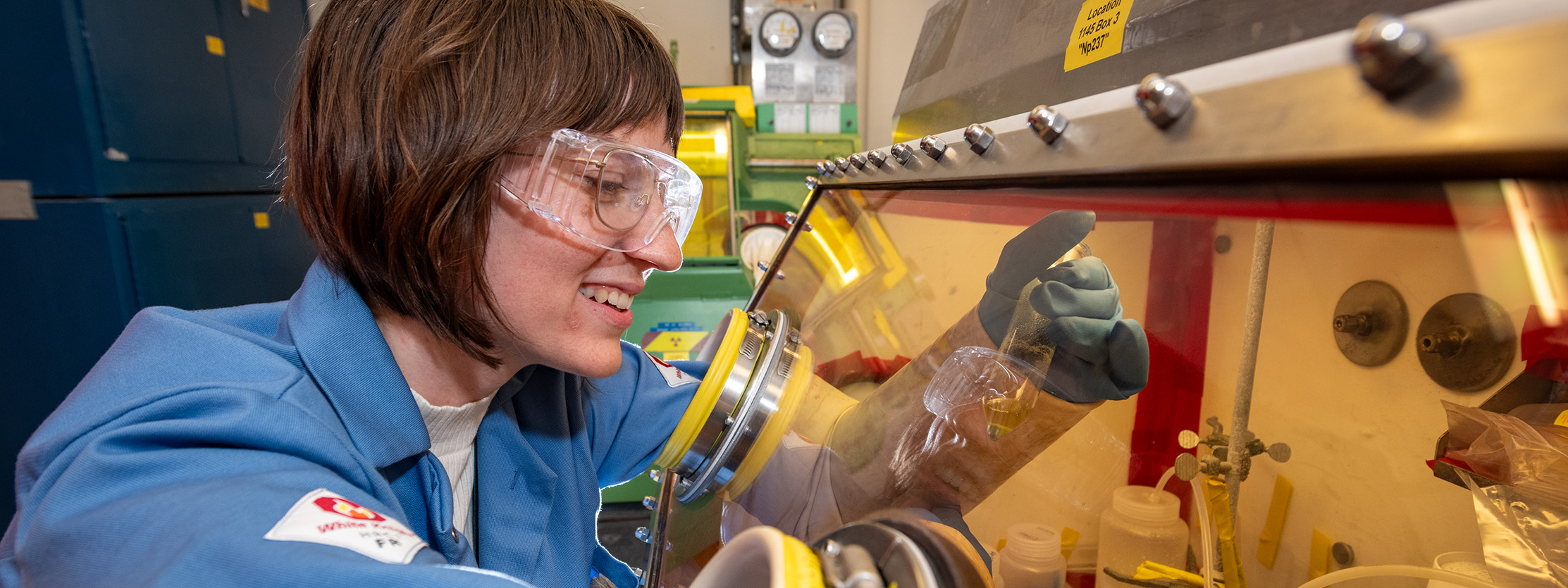NextGen prepares Hoffman Fellows with technical expertise, a broad understanding of nonproliferation, and strong professional connections, priming them for impactful careers in nuclear security.
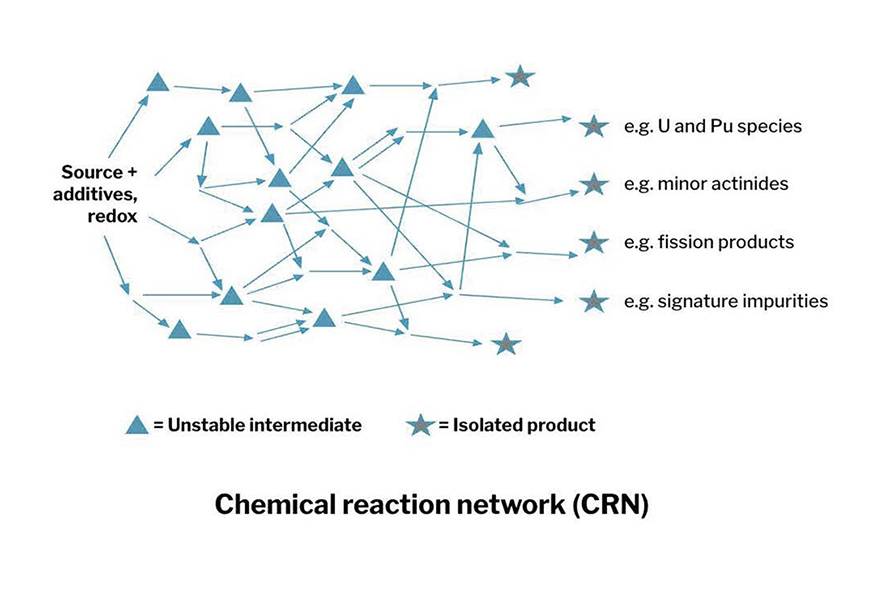
NextGen is designed for the cohort of Hoffman Fellows to develop:
- Deep technical knowledge in their field of expertise
- Broad understanding of nonproliferation mission
- Personal connections to fellows and other senior staff
- Knowledge of strengths and unique capabilities across entire Department of Energy national lab complex
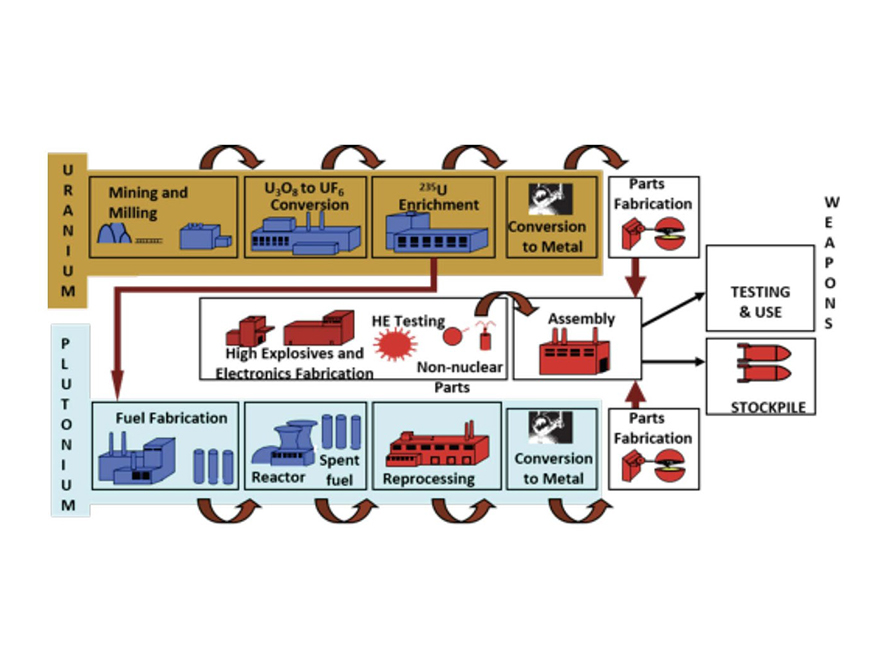
Fellows completing their 2-year NextGen postdoc will be primed for impactful careers in the national lab complex contributing to the nonproliferation mission:
- Nuclear safeguards
- Nuclear forensics
- Arms Controls and Treaty Verification
- Other related nuclear security missions
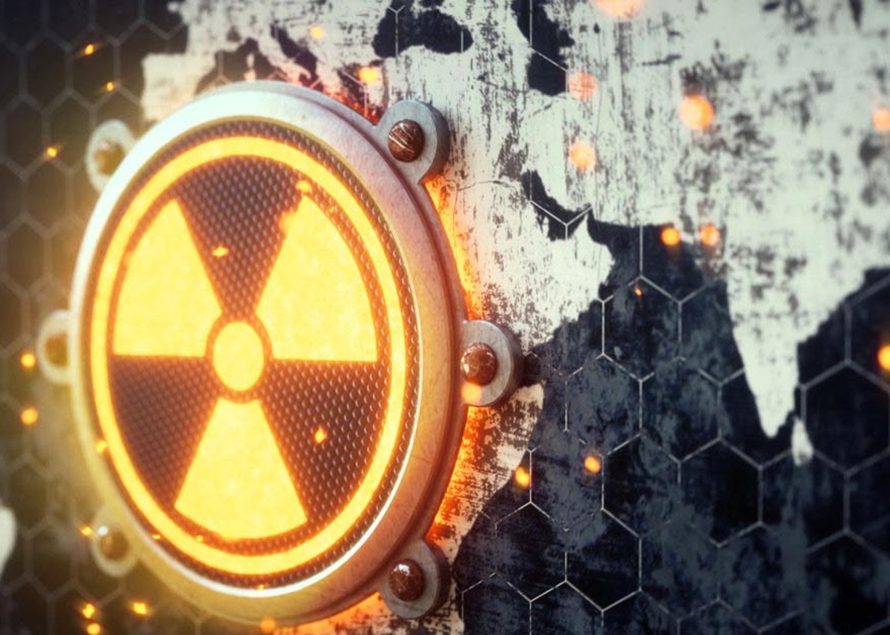
In 2020, the National Nuclear Security Administration (NNSA) launched the Nonproliferation Stewardship Program (NSP) to ensure the technical capabilities and skilled workforce required to counter emerging threats, such as advances in manufacturing technologies that enable illicit nuclear weapon production. To support workforce development, the NextGen program was created to cultivate the next generation of nonproliferation leaders. Through the program, Hoffman Fellows gain technical expertise, a comprehensive understanding of nonproliferation, and robust professional networks—equipping them for impactful careers in nuclear security.
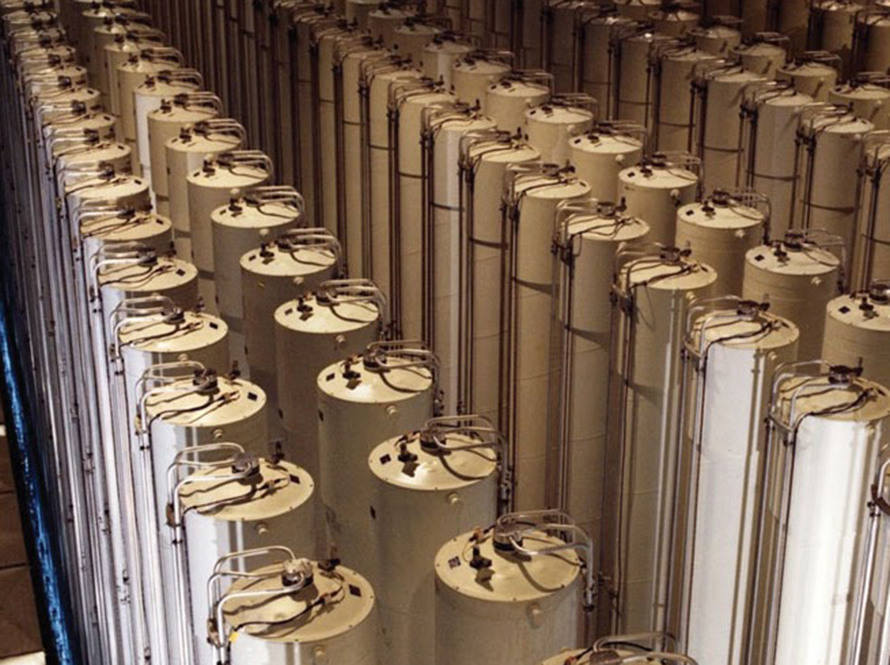
The ACES project will advance fissile materials production models and reduce risk of nuclear proliferation. Uranium enrichment is central to providing fuel to nuclear reactors, even those intended only for power generation. With minor modifications, however, this process can be altered to yield highly enriched uranium (HEU) for use in nuclear weapons. The world’s need for nuclear fuel coexists with an ever-present danger—that a nonnuclear weapons nation-state possessing enrichment technology could produce weapons-grade fissile material to develop a nuclear arsenal or supply radiological materials to others.
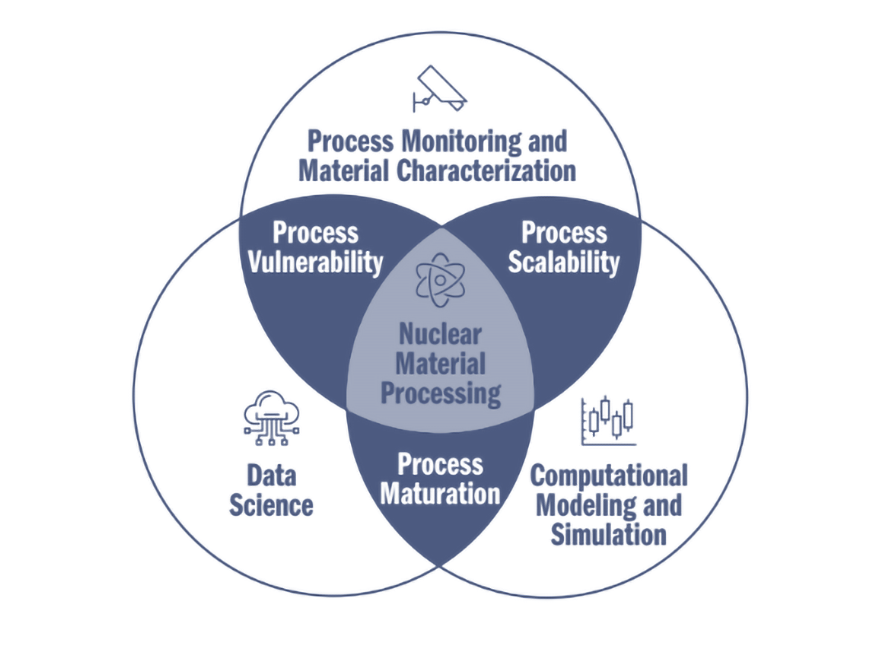
The Athena project aims to reinvigorate and sustain U.S. expertise in the nonproliferation challenges associated with material recovery from irradiated nuclear fuel. The primary goals involve modernizing facilities and equipment across the multi-laboratory team and leveraging the equipment to build expertise and leadership across the complex through innovative science and technology (S&T). The ATHENA project is a collaboration led by Pacific Northwest National Laboratory (PNNL) with collaborators at Idaho National Laboratory (INL), Argonne National Laboratory (ANL), and Savannah River National Laboratory (SRNL).
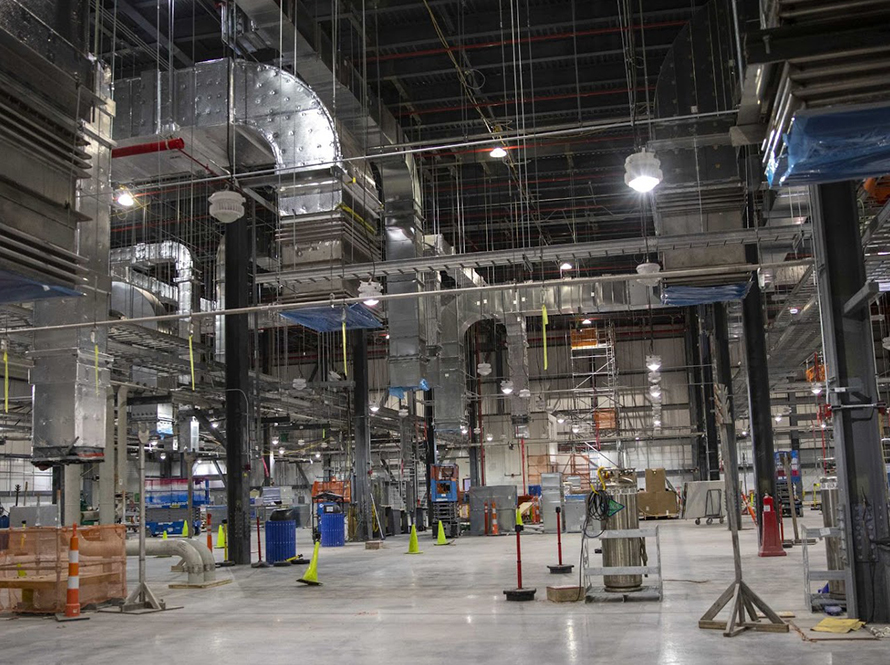
The Uranium Science & Technology Center (USTC) is an initiative to design, fabricate and operate pilot-scale equipment for the uranium fuel cycle processes. The equipment will represent historical, current, and emerging processes and technologies. The USTC will help develop a new generation of scientists and engineers with the necessary expertise in both the nuclear fuel cycle processes and its relevance to nonproliferation missions. The USTC will include a suite of state-of-the-art characterization equipment to study uranium materials and processing parameter impacts on products. Collaborating National Laboratories and universities will be able to utilize the equipment for training, process development and nonproliferation work. USTC is a project led by Oak Ridge National Laboratory (ORNL).
NextGen selects four exceptional fellows each year for this unique and innovative program. Applications are accepted annually from October through January. Ready to take the next step toward a fulfilling career in nonproliferation? Apply now and join a program that sets the foundation for your future success.
